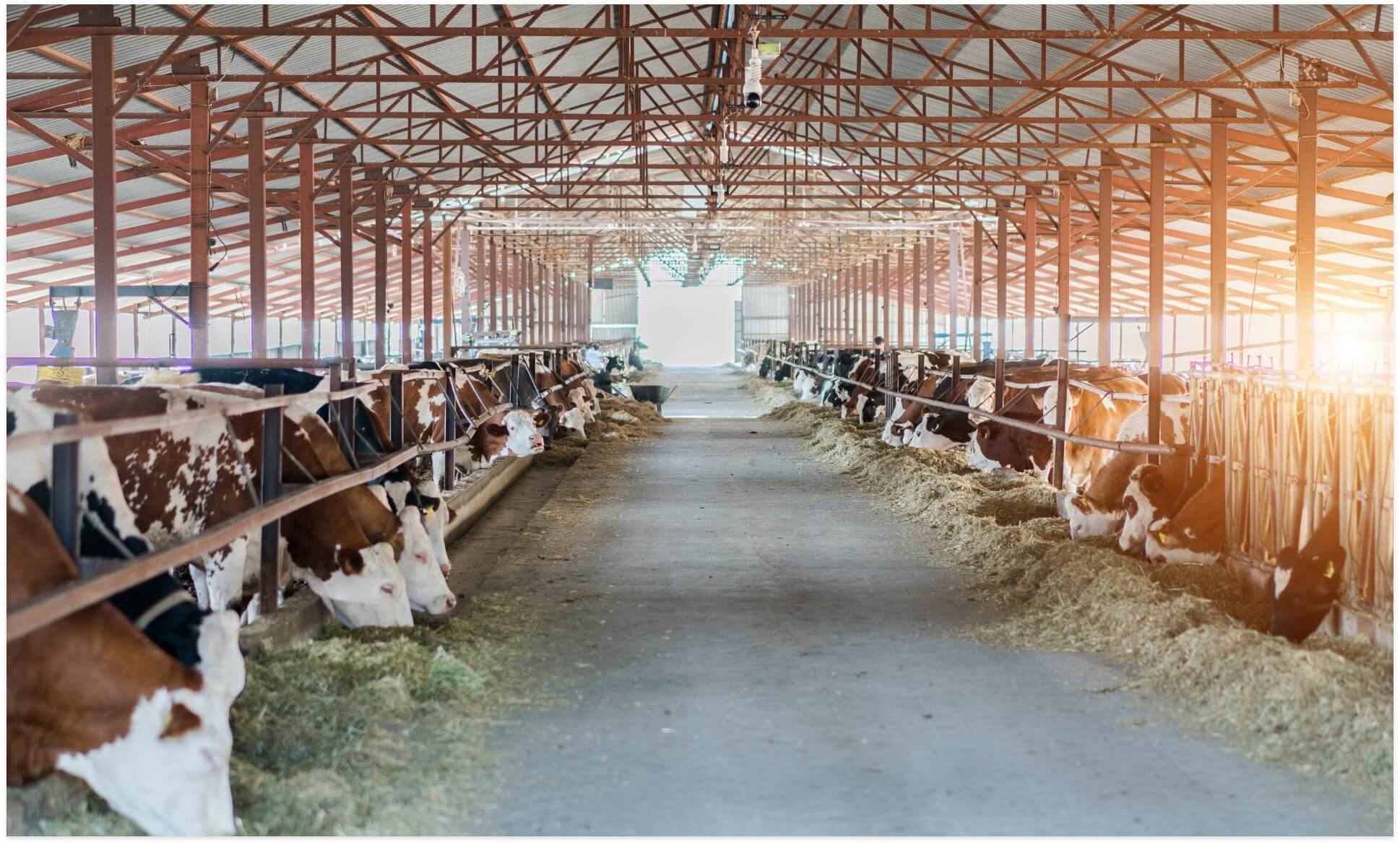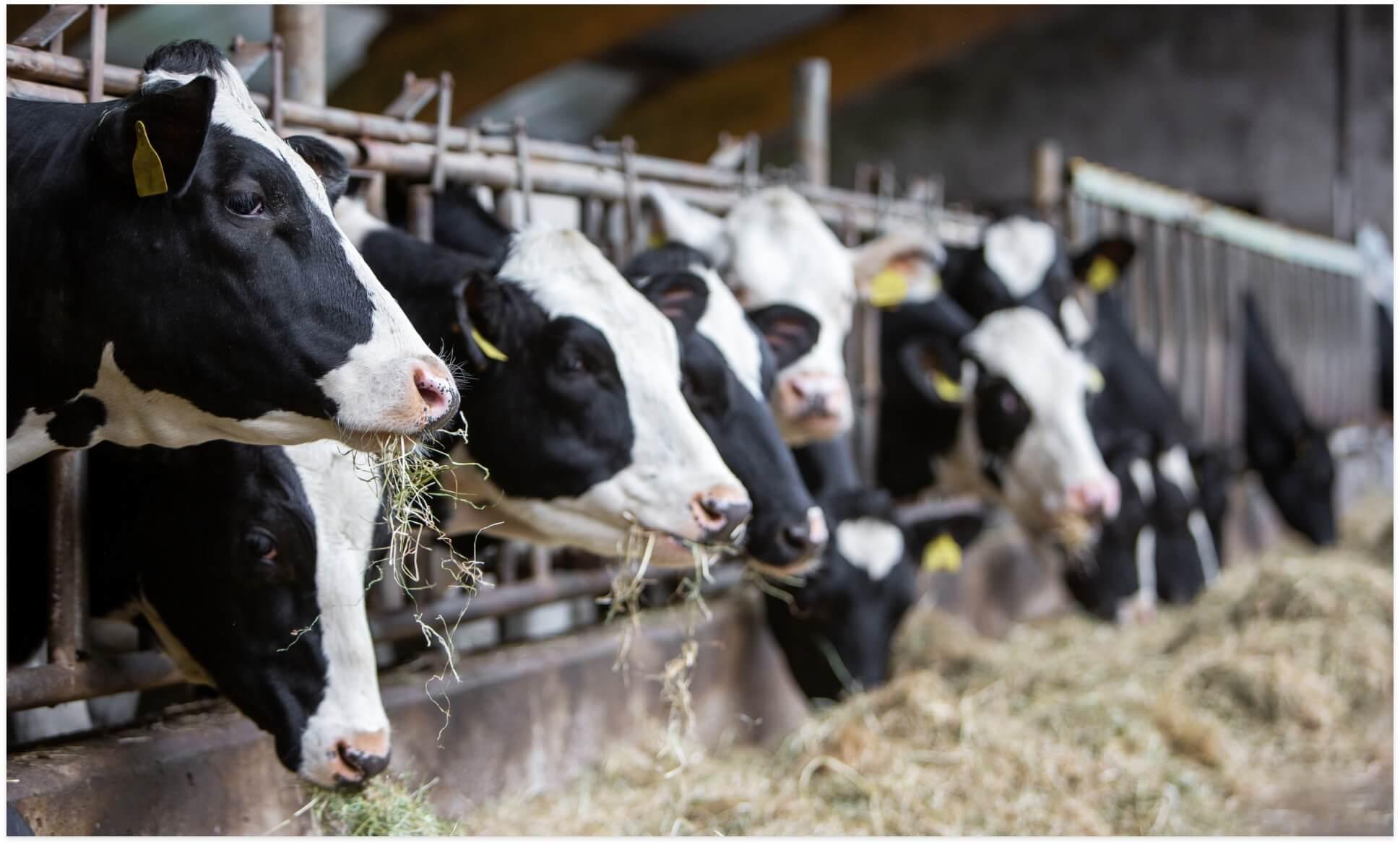Most dairy producers don’t need to be reminded that mastitis is one of the most prevalent and costly diseases facing the industry. But what may come as a surprise is the important role that internal teat sealants should play in any mastitis prevention strategy. In fact, years of global research has proven that teat sealants can reduce cases of clinical mastitis by up to 50% and new cases of intramammary infections by as much as 70%1.
Internal teat sealants provide an immediate barrier of protection to help increase the proportion of teat-end closure at dry-off. They simulate the keratin plug by providing a sterile, antibiotic-free barrier that prevents pathogens from invading the udder through the teat-end.
Regardless of your current dry cow protocol, internal teat sealants can help you reduce the risk of mastitis in your herd. Learn more about Lockout® here!
1. Dufour S, et al. Anim Health Res Rev. 2019;20(1):86-97.
2. Rabiee AR, Lean IJ. The effect of internal teat sealant products (Teatseal and Orbeseal) on intrammary infection, clinical mastitis, and somatic cell counts in lactating dairy cows: a meta analysis. J Dairy Sci. 2013;96(11):6915-693.
Lockout® is a registered trademark of Boehringer Ingelheim Vetmedica GmbH, used under license. All other marks are property of their respective owners.
Related articles

Even nature isn’t perfect
Intramammary infections (sometimes leading to clinical mastitis) occur when bacteria enters the udder...

The wise choice in mastitis prevention
Most dairy producers don’t need to be reminded that mastitis is one of the…

Udder health during the dry period
The dry period is a critical stage in maintaining udder health and preparing your cow for a productive lactation cycle...

Choose the better engineered teat sealant
Lockout® provides a better application process than other teat sealants1...

Prevention is the first line of defense
Regardless of your current dry cow protocol, internal teat sealants will help reduce the risk1...

